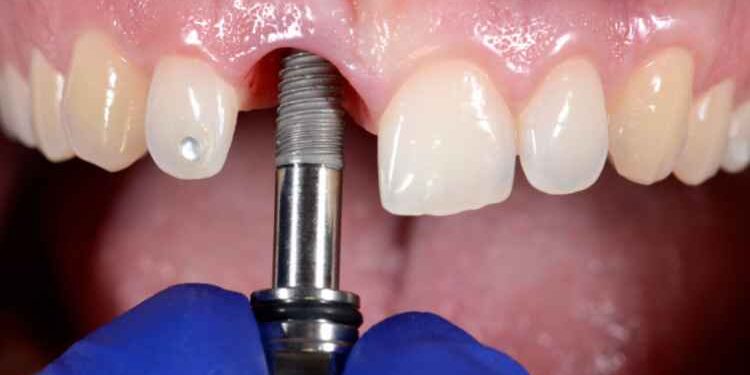The market for dental implants is expected to reach nearly $7 billion in the next five years. It’s estimated that American dentists do roughly five million dental implants yearly. This number did dip briefly due to the Pandemic, but it recovered within a year.
Despite the prevalence of dental implants, many of us still don’t know how the process works. The truth is that getting dental implants sounds more complicated than it really is. The whole process is straightforward and each part takes maybe two hours.
An implant dental procedure can be easily explained, and we’ll attempt to do that in this article.
Preparatory Examination
The first step in the dental implant process is making sure you can get dental implants in the first place. Dental implants aren’t recommended for everyone, and for a number of different reasons.
Even among those who need teeth replaced, some people are denied implants. To qualify for dental implants, the patient must have healthy jaws and practice adequate oral hygiene. They also need to be non-smokers and can’t have any medical disorders that affect their ability to heal.
Preemptive Procedures
We’ve already mentioned that certain factors might disqualify someone from receiving dental implants, but the key word here is might. In some cases, those with weakened jaws can still get implants, such as zygomatic implants. Please click for zygomatic implants and more info about them.
Patients will usually need a bone graft in their jaw to strengthen it before they can replace lost teeth. During a bone graft, a new piece of bone is inserted into the area where more bone is needed. The body then recognizes the new bone and instructs the existing bone to grow into it.
Another common procedure performed in preparation for dental implants is tooth extraction. Sometimes, the biggest obstacle to doing a dental implant is that the damaged or dead tooth hasn’t come out yet.
Getting the Implants
The implanting processes aren’t complex, although they do have a bit of downtime between them. Dental implants are set up in stages, with the first stage being the implanting of the roots. In this procedure, the dentist will cut down to your jawbone and screw in a piece that the rest of the implant will later connect to.
After taking some time to let the roots heal, you’ll need to return to the dentist for abutments. Abutments are connective pieces that secure the implants to the roots. The good news is that putting in abutments isn’t as invasive as putting in roots.
The final step is the dental implants themselves. Two weeks or more after the abutments are put in, they will likely make an appointment to make molds of your teeth. Once they make the molds, they’ll create teeth to fit them and then put them into your mouth.
Steps of an Implant Dental Procedure
A lot goes into getting an implant dental procedure. We’ve discussed some details of the procedure in this article, but it’s always best to ask the dentist in person.
You can read more about various topics on our site.
